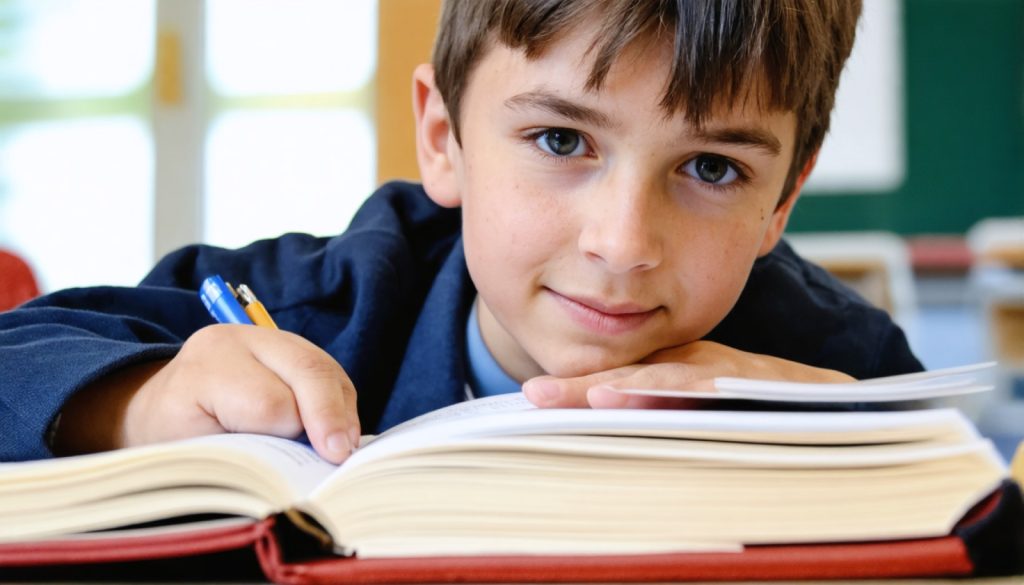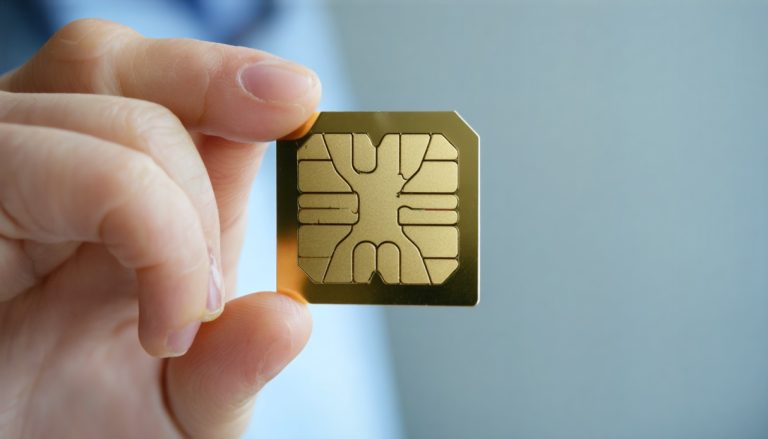
- Finnish education focuses on fostering trust, autonomy, and lifelong curiosity without standardized testing.
- Teachers, holding master’s degrees, guide students toward understanding rather than rote memorization.
- Shorter school days with longer breaks help maintain a rested, creative, and enthusiastic learning environment.
- Students engage in multidisciplinary projects, enhancing innovation and critical thinking.
- Equality is emphasized, with uniform funding ensuring equal resources and opportunities for all students.
- Early education prioritizes play and individualized attention, fostering resilience and open-mindedness.
- The model demonstrates that a student-focused, compassionate approach leads to high global rankings and happier students.
Nestled in the heart of Europe, Finland offers an unexpected twist to the global education narrative. Known for its unorthodox strategies, this Nordic country embraces an educational model that’s both revolutionary and remarkably effective. Here, the focus isn’t on testing but on fostering trust, autonomy, and lifelong curiosity among students.
Picture a classroom where curiosity and creativity reign supreme. Finnish educators believe every child has unique potential and nurture this through a dynamic approach to teaching. Teachers in Finland, who hold master’s degrees, enjoy professional prestige, and are trusted to guide their students without the burden of standardized testing. This trust empowers them to focus on understanding, rather than rote memorization, of concepts.
In Finnish schools, hallways buzz with the energy of enthusiastic learners. Their secret lies in shorter school days and longer breaks, recognizing that a rested mind absorbs more. The holistic approach allows time for reflection, fostering a balanced relationship between education and personal growth. Students often engage in multidisciplinary projects that merge math, science, and the arts, which stimulates innovation and critical thinking.
Consistency, rather than competition, forms the backbone of Finnish education. The emphasis is not on creating star pupils but on ensuring everyone progresses. Equality is key. Schools across the nation receive uniform funding, and every student, regardless of their socio-economic background, enjoys the same high-quality resources and opportunities.
A vital component of their success is the emphasis on play and individualized attention in early education, creating a strong foundation. Students learn to embrace challenges with resilience and open minds. By the time they reach higher education, they have not just accumulated knowledge but have developed the skill to learn independently and with purpose.
The Finnish model challenges conventional wisdom, proving that a compassionate, student-focused approach can lead to outstanding global rankings and happier, well-adjusted young people. The takeaway? By valuing trust, balance, and equality in education, we can unlock the potential of future generations to build a brighter, more innovative world.
This is How Finland Revolutionized Education to Lead Globally
Expanding on Finland’s Education Model
Finland’s education system not only captivates with its unconventional strategies but also sets a benchmark for global education systems. As we delve deeper into the facets that make this model so effective, several noteworthy elements and insights emerge that were not fully explored in the original source article.
Expert Insights and Extended Details
1. Teacher Training and Professional Development: Finnish teachers are highly qualified, often possessing master’s degrees in education. In Finland, the teaching profession is prestigious, offering competitive salaries and forming a cornerstone of the education system. Continuous professional development is encouraged, ensuring educators stay abreast of the latest pedagogical research and practices. According to the Finnish National Agency for Education, this commitment to excellence in teaching fosters an environment of trust and respect.
2. Flexible Curriculum and Student Autonomy: The Finnish National Curriculum offers guidelines rather than strict mandates, allowing teachers the autonomy to tailor lessons to the needs and interests of their students. This flexibility results in a more engaging and personalized learning experience, where students play an active role in their education journey.
3. Early Childhood Education: Finland places a strong emphasis on early childhood education, which is viewed as foundational to a student’s lifelong learning journey. Programs prioritize play-based learning and social interaction over academic instruction, promoting emotional and social development. This approach aligns with findings from the University of Cambridge, which suggest play is crucial for cognitive and emotional development.
4. Integration of Technology: While Finland emphasizes traditional learning techniques, it also smartly integrates technology into the classroom. Digital tools are used to facilitate learning without overshadowing traditional teaching methods. The OECD has noted that Finnish schools effectively leverage technology to enhance educational outcomes.
5. Well-Being and Mental Health: Student well-being is a priority. Finnish schools offer ample mental health support, with school psychologists and counselors being accessible. The system recognizes the importance of mental health in academic success and personal development.
Real-World Use Cases and Market Trends
Finland’s educational success has prompted several nations to reevaluate their approaches. Countries like Singapore and South Korea, known for their rigorous testing systems, have begun incorporating aspects of Finnish methods, such as reducing emphasis on examinations and increasing holistic development. The global trend is leaning towards more personalized and less test-centric education models.
Reviews and Comparisons
Countries with educational systems heavily reliant on standardized testing often observe high rates of student stress and burnout, unlike in Finland where the focus on well-being and balance in education contributes to higher satisfaction and better mental health among students.
Actionable Recommendations
– Educators Worldwide: Embrace the notion of student autonomy by incorporating project-based learning and less rigid curricula.
– Policy Makers: Consider reallocating educational resources equitably, modeled after Finland’s efforts toward funding parity across schools.
– Parents: Encourage children’s natural curiosity and creativity through unstructured play and inquiry-based learning activities at home.
Conclusion
Finland’s education system is not merely a benchmark but a blueprint for future educational reforms worldwide. The Finnish model underscores the importance of teacher autonomy, student well-being, and a balanced approach to education. By adopting elements of this model, other nations can work towards not just academic excellence, but happier, healthier students prepared for the complexities of the modern world.
For further insights on global education trends, visit UNESCO.



